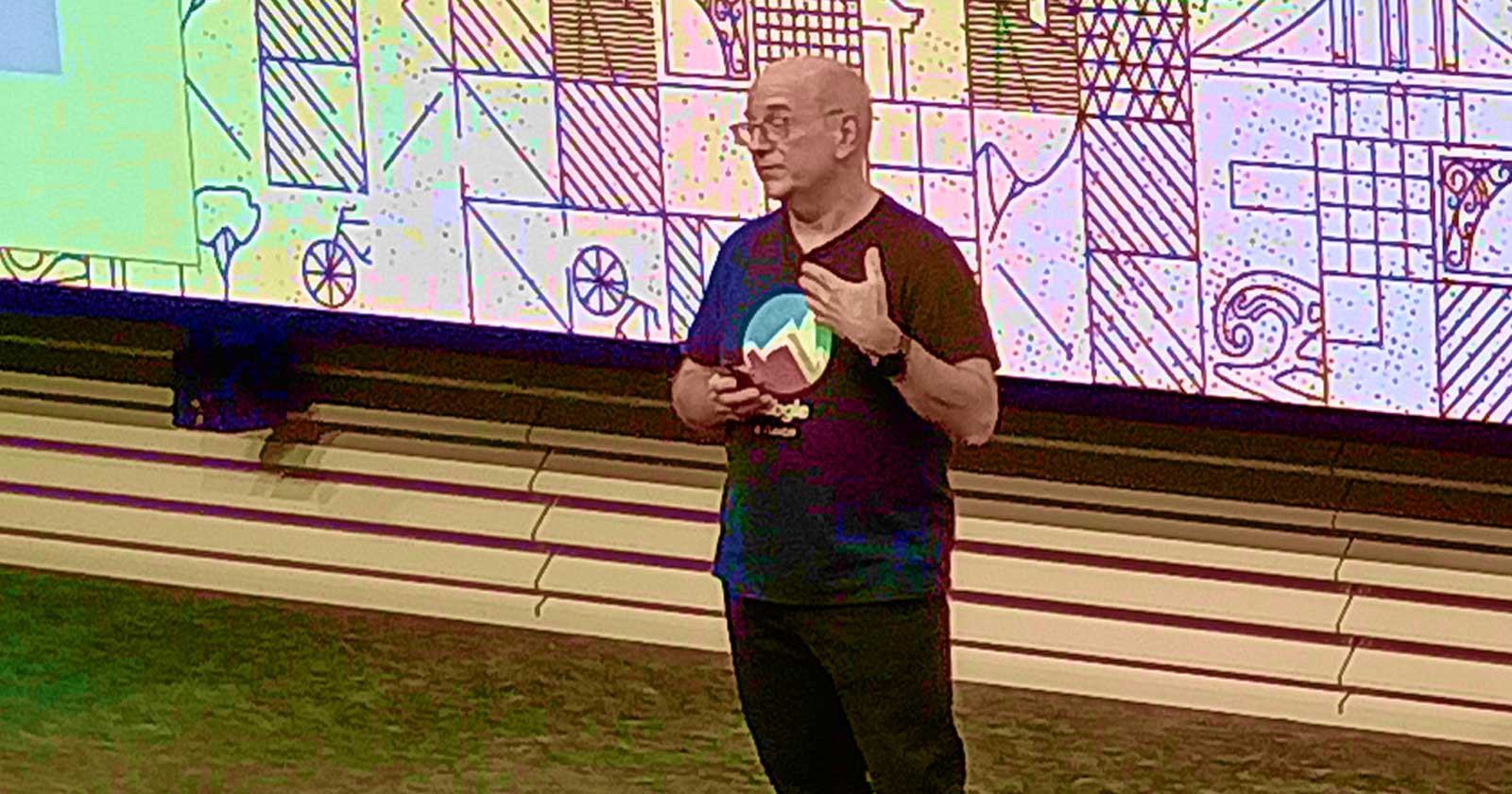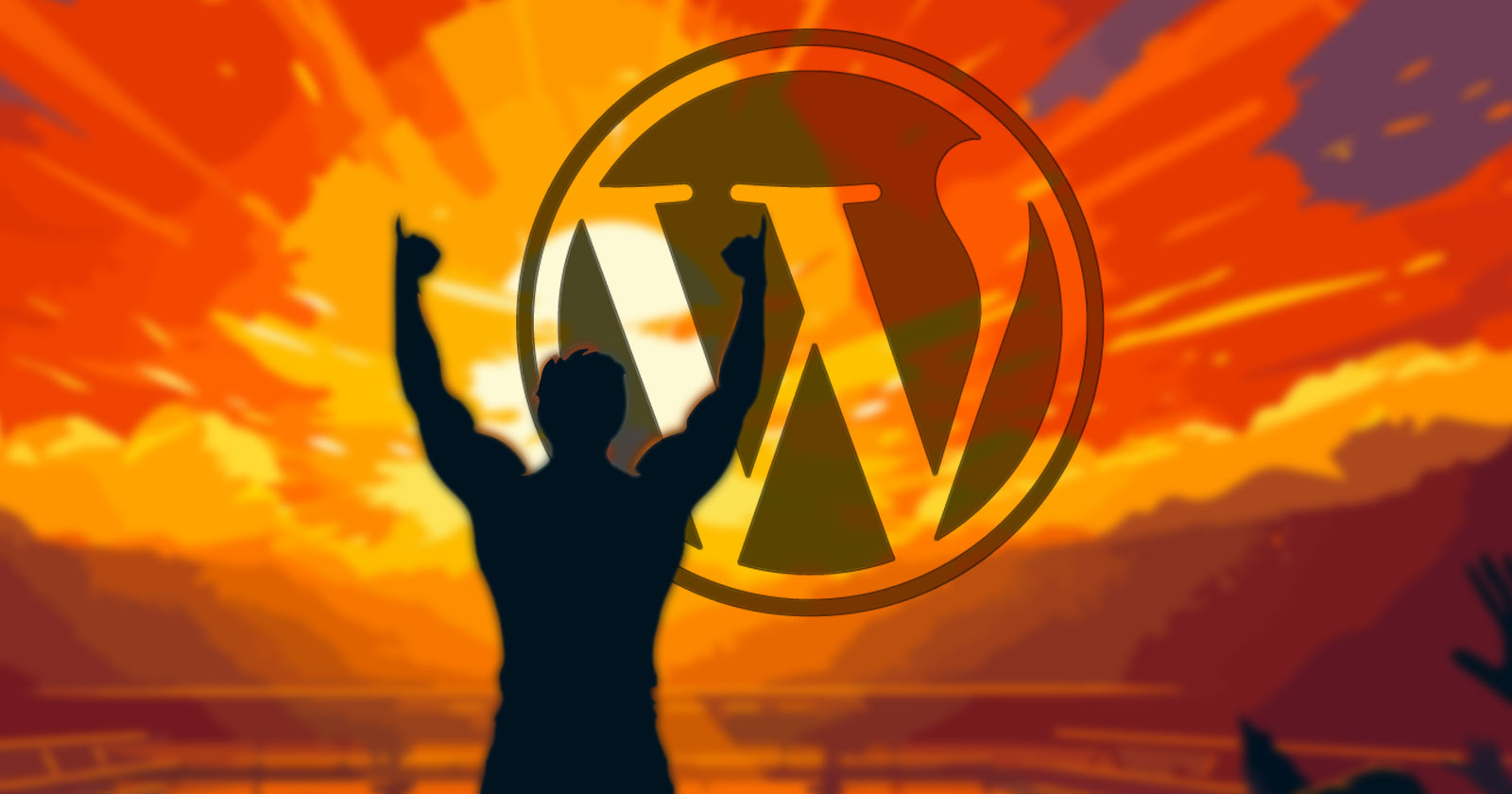Decoding the AI Tech Stack
The AI tech stack is a vital tool for AI agent developers. Composed of several tools and systems, the tech stack enables AI agents to reason, act and adapt. Understanding the purpose of each layer is important, and developers...

The AI tech stack is a vital tool for AI agent developers. Composed of several tools and systems, the tech stack enables AI agents to reason, act and adapt. Understanding the purpose of each layer is important, and developers should study the tech stack in detail in order to effectively utilize it.
The first step to building smart and capable AI agents is data collection and integration. Agents need to have a solid understanding of the context in which they operate if they are to have success. Real-world, real-time and often unstructured data provides that understanding. Developers can harness data in various ways, whether it be through a trained model, a retrieval-augmented generation (RAG) system or enabling an agent to respond to live market changes.
Additionally, platforms such as Bright Data can help with data collection and integration. Bright data provides the infrastructure that allows AI agents to funnel information from the internet. More specifically, Bright Data utilizes search API, which surfaces relevant web content in real time, while also bypassing anti-bot protections.
After laying the foundation with data, developers can move onto the rest of the tech stack. Vertical agents–pre-built AI agents that are designed for specialized industries and tasks–are another important tool in the stack. There are many platforms that help with vertical agents. Common platforms include Perplexity AI, Replit, Lindy, MultiOn, Harvey, Factory, Dosu, Cognition and Adapt.
Agent hosting and serving is also part of the tech stack. This layer is composed of platforms that host, manage and deploy AI agents. Once an agent has access to data, it needs a place to run a digital environment where it can carry out its actions and decisions. Agent hosting services provide this space, helping to transform a static agent into a dynamic one. Developers often use platforms such as Amazon Bedrock Agents, AWS Sagemaker, Azure Machine Learning and more.
Next up in the tech stack is observability. This layer is vital for a transparent, traceable and trustworthy agent. This layer provides the tools that developers need to be able to monitor agent performance, trace decisions, and solve issues as they arise. Arize, AgentOps.ai, LangSmith, New Relic, Prometheus and Grafana Loki are just a few of the platforms that help with observability.
As agents grow more complex, it becomes more important to have clear blueprints and development methods. This is where agent frameworks, another part of the tech stack, come into play. These frameworks define how agents are structured and how they work, interact and reason. With the help of agent frameworks, developers can tackle more complex projects, such as multi-agent systems, task decomposition and dynamic planning. Crew AI is helpful for this, as it helps groups of agents collaborate. LangGraph is also a commonly-used platform within the agent framework layer, and supports branching logic, which helps with complex agent behavior.
In order to make continuous improvement, agents need to be able to remember past decisions, data and history. The memory layer of the tech stack addresses this need. These systems enable agents to retain context, remember interactions and continue to build on their understanding. This creates a more personalized and effective agent. Qdrant, ChromaDB, MemO, MemtGPT, Pinecone, Milvus and Zep are popular platforms when it comes to memory.
Storage plays a similar role to memory in the tech stack. This is the layer that collects and disseminates real-time data for agent workflows. This layer supports long-term persistence logging interactions and is vital for reproducibility. It also helps the agent stay compliant. When working with storage, many developers use platforms such as Chroma, MongoDB, Supabase, PostgreSQL, Redis and Neon.
Another layer in the tech stack is made up of tool libraries. Tool libraries give agents the ability to work with external systems and services. Without tool libraries, agents would not be able to take real action. Platforms like Postman, Puppeteer, Unstructured, and n8n can be useful for navigating this layer.
Sandboxes also help turn agents into actionable decision-makers. This layer provides agents with a safe and isolated environment in which the agent can write and run code. Being able to test code is key for data analysis and decision-making. Developers mention Replicate, RunPod and CodeSandbox as useful sandbox platforms.
The final layer of the tech stack is model serving. LLMs are hosted and stored in this layer, providing language generation that fuels agent decision-making. Services like Colab Pro, Fireworks AI, groqcloud, VLLM and together.ai can help with model serving.
There are many parts to the tech stack, and it is important to fully familiarize yourself with each layer. A key takeaway is the importance of data. Data forms the foundation of agent development, and should be the starting point for every developer. Once you have focused on data collection and integration, you can move through the rest of the tech stack, utilizing the myriad of services and tools at your fingertips. Effectively using the tech stack can be the difference between a failed agent and a successful one.

 Tekef
Tekef 































